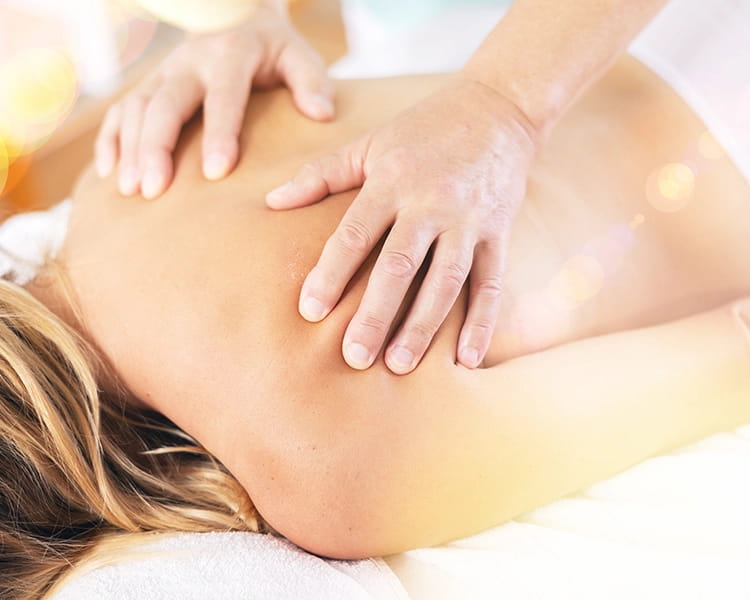Key highlights or summary
- Massage therapy helps reduce muscle stiffness, alleviate pain, and improve mobility in stroke patients.
- Thai traditional medicine uses techniques like pressure point massage, foot reflexology, and herbal compress therapy for stroke rehabilitation.
- Consulting a physician is essential before initiating massage therapy to ensure it's safe for stroke patients.
- Herbal remedies restore balance in the body, support muscle relaxation, and promote overall well-being.
- Massage therapy targets muscle stiffness, helping to relieve tension and improve daily functioning for stroke patients.

How was the experience with the article?
We'd love to know